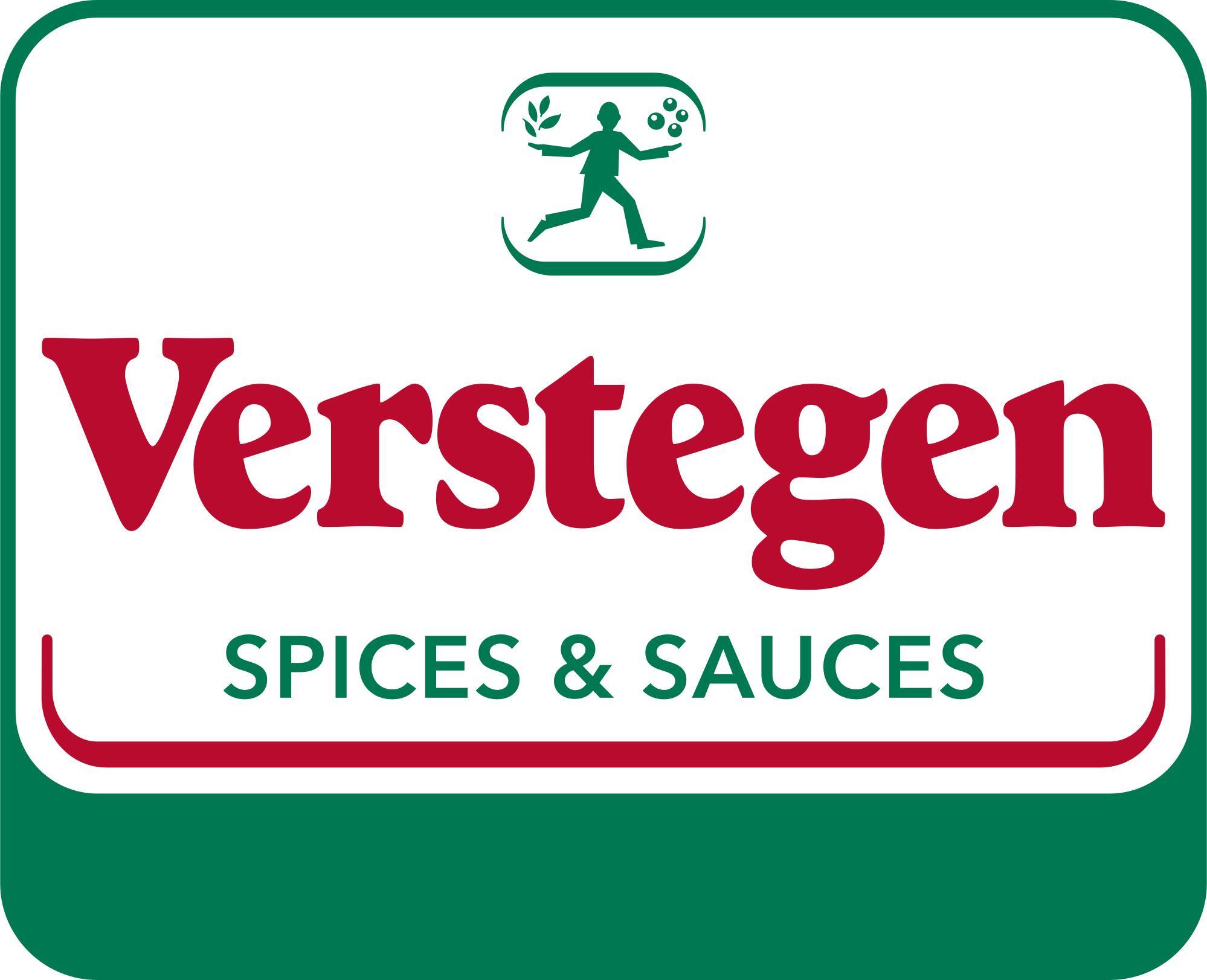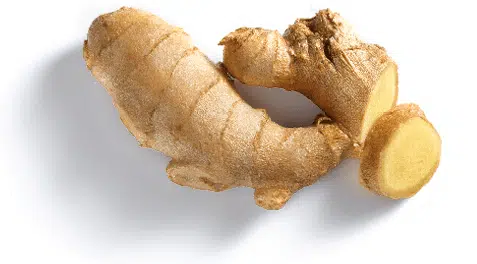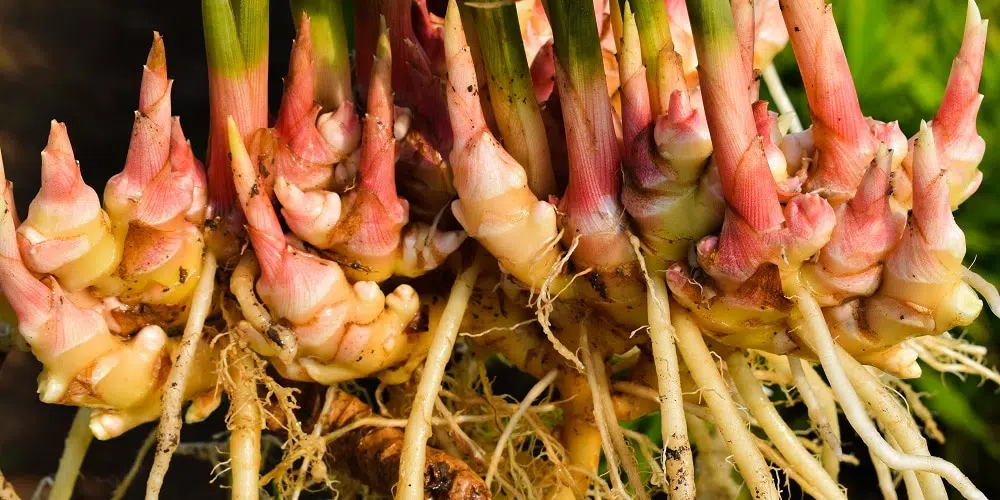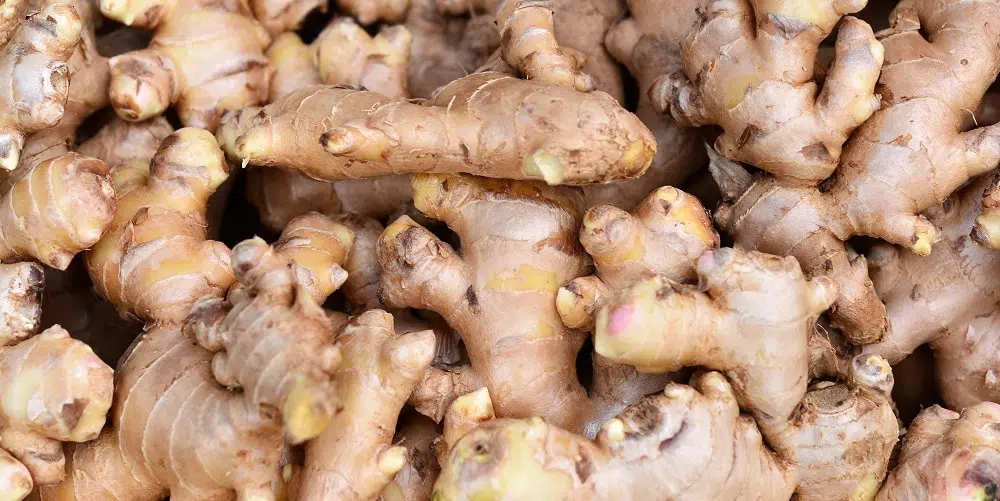Ginger
Ginger is a spice that comes from the rhizome of the ginger plant. The root of the plant, which is ultimately the spice ginger, will be about 12 cm long and 2 to 3 cm wide. Early-harvest ginger is fresh and spicy, later-harvest ginger is hotter and more bitter. Ginger is used fresh, candied and dried. Dried ginger has a sharper taste than candied and fresh ginger. Most ginger comes from India, which is why the Verstegen ginger also comes from India.




